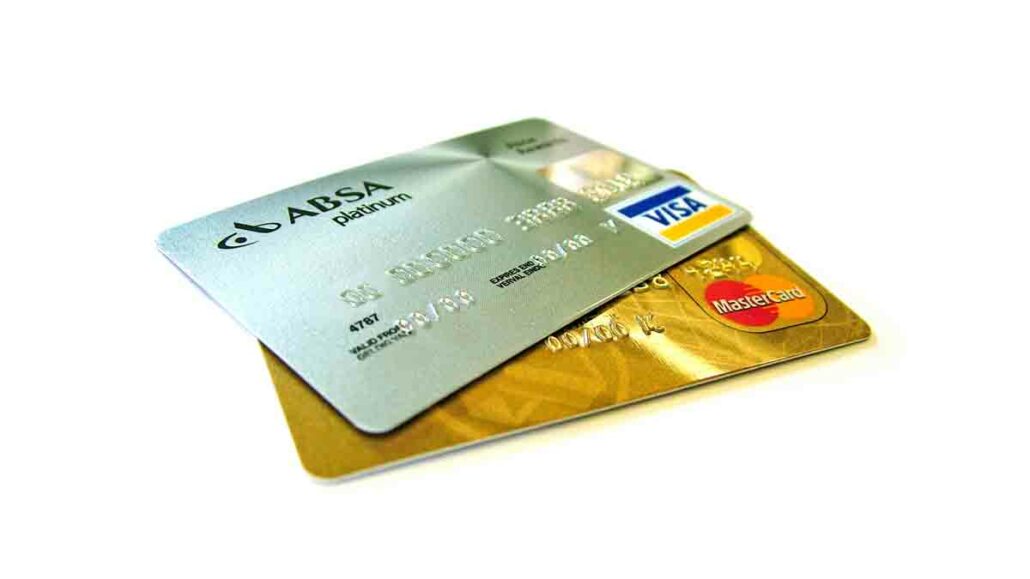Revolving credit cards offer a flexible way to borrow money up to a predetermined limit. Unlike installment loans with fixed repayment schedules, credit cards allow you to make purchases repeatedly, paying off the balance over time or in full each month. This revolving feature means the available credit fluctuates as you spend and repay. With responsible use, credit cards can build credit history, earn rewards, and provide convenient access to funds for purchases or emergencies. However, carrying a balance can lead to accumulating interest charges and debt, so it’s essential to understand the terms and manage your spending wisely.

Essentially, revolving credit cards function as a revolving line of credit, offering ongoing borrowing power within your credit limit. By understanding how they work and using them responsibly, you can harness their benefits while avoiding potential pitfalls.
How Do Revolving Credit Cards Work?
Revolving credit cards operate on a flexible borrowing system. You’re assigned a credit limit, representing the maximum amount you can charge to the card. As you make purchases, your available credit decreases. However, unlike installment loans, you don’t need to pay off the entire balance at once. You can pay the full amount, avoid interest charges, or make a minimum payment. Any unpaid balance is carried over to the next billing cycle, accruing interest.
This revolving feature allows you to continuously use the card up to your credit limit as long as you make at least the minimum payment. It’s essential to manage your spending and payments wisely to prevent high-interest debt accumulation. By understanding how revolving credit works, you can utilize credit cards as a convenient financial tool while maintaining control over your finances.
Benefits of Revolving Credit Cards
- Flexibility: Use the card for various purchases and manage your finances accordingly.
- Credit Building: Responsible use can help improve your credit score.
- Rewards: Many cards offer rewards like cash back, points, or miles.
- Purchase Protection: Some cards provide purchase protection against damage or theft.
- Emergency Funds: Can serve as a safety net for unexpected expenses.
Disadvantages of Revolving Credit Cards
- Interest Charges: Carrying a balance can lead to significant interest costs.
- 1Debt Accumulation: Overspending can lead to debt problems.
- Fees: Some cards have annual fees, balance transfer fees, or other charges.
Types of Revolving Credit Cards
- Standard Credit Cards: Offer a general line of credit for everyday purchases.
- Balance Transfer Cards: This allows you to transfer high-interest balances from other cards.
- Reward Credit Cards: Offer points, miles, or cash back on purchases.
- Secured Credit Cards: These require a security deposit and are often used for credit building.
- Business Credit Cards: Designed for business expenses and often offer additional features.
Responsible Revolving Credit Card Use
- Pay Your Balance in Full: Aim to pay off your entire balance each month to avoid interest charges.
- Monitor Your Spending: Keep track of your expenses to stay within your budget.
- Avoid Maximum Usage: Using a large portion of your credit limit can negatively impact your credit score.
- Read the Fine Print: Understand the terms and conditions of your card, including interest rates, fees, and rewards.
- Consider Alternatives: If you struggle to manage credit card debt, explore other financing options.
Common Revolving Credit Card Mistakes to Avoid
- Carrying High Balances: This can lead to significant interest charges and debt accumulation.
- Missing Payments: Late or missed payments can damage your credit score.
- Balance Transfers Without a Plan: Transferring balances without a solid repayment strategy can worsen your financial situation.
- Ignoring Credit Card Fees: Be aware of annual fees, balance transfer fees, and other charges.
FAQs About Revolving Credit Cards
What is the difference between a revolving credit card and a debit card?
A revolving credit card allows you to borrow money up to a credit limit, while a debit card accesses funds directly from your checking account.
How do credit card interest rates work?
Interest rates vary by card. You’ll typically pay a higher interest rate on revolving balances compared to other types of loans.
Can I use a revolving credit card to build credit?
Yes, responsible use of a credit card can help improve your credit score over time.
What is a good credit utilization ratio?
Aim to keep your credit utilization ratio (the amount of credit you use compared to your credit limit) below 30%.
How long does it take to pay off a credit card?
The time it takes to pay off a credit card depends on your balance, interest rate, and monthly payments.

